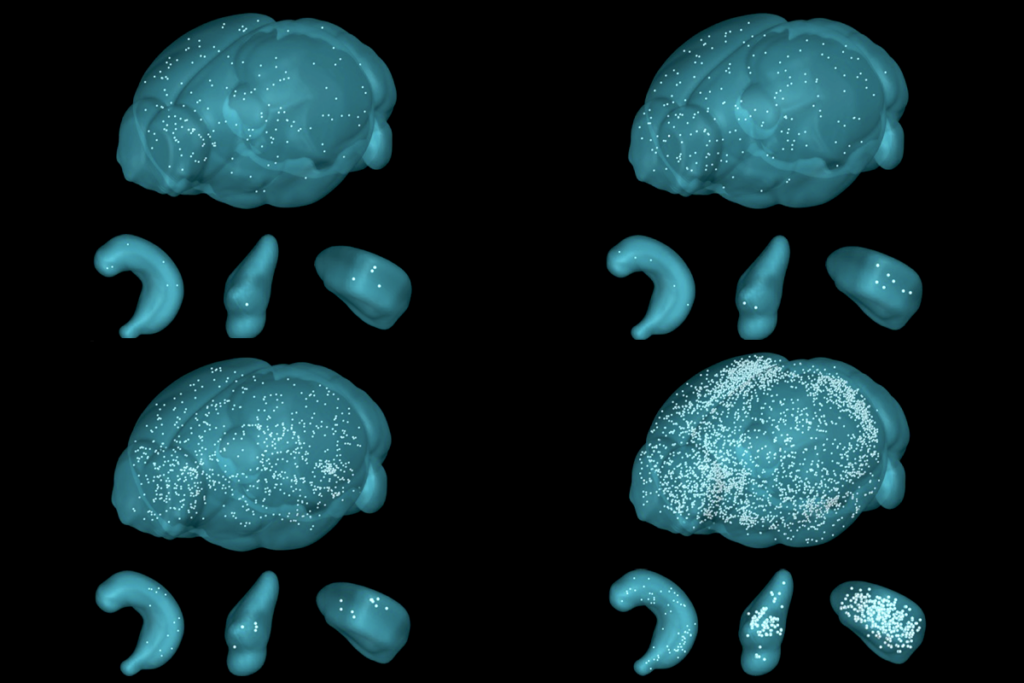Mouse study offers promise of reversing autism symptoms
Treatments for autism might be effective even after the brain is fully formed.
Treatments for autism might be able to reverse some symptoms in adulthood, after the brain is formed, suggests a mouse study published this week in Nature1. But the timing is important: Juvenile mice respond better than adults do, hinting at a critical window.
The results are based on mice missing SHANK3, a prominent candidate gene for autism. These mice have a range of unusual features, from sluggish signaling among neurons to repetitive behaviors and motor difficulties.
In the study, the researchers manipulated the mice to produce SHANK3 protein only in adulthood. This normalizes both the structure and signaling of neurons and eliminates some of the mice’s atypical behaviors, the researchers found. Roughly 1 percent of people with autism have mutations in SHANK3.
At least one other team has reported similar results from another model of autism; the mice in that case lack UBE3A. Together, the studies offer promise, albeit limited, of reversing autism symptoms.
“On the one hand, this study shows that some of the behaviors are really reversible in a mouse model,” says lead researcher Guoping Feng, professor of brain and cognitive sciences at the Massachusetts Institute of Technology. “But it also points to the importance of studying much earlier stages of development to look at what changes in the brain [are] not reversible.”
Late onset:
The SHANK3 protein acts as a scaffold for other proteins, helping to connect neurons at synapses. Compared with neurons in controls, those from mice lacking SHANK3 have fewer protrusions that end in synapses, and send signals more slowly.
To test the effects of reinstating the missing protein, Feng and his colleagues engineered mice that carry a dormant version of the gene. Feeding the mice a drug called tamoxifen activates the gene and supplies the protein.
The researchers turned on SHANK3 when the mice were between 2 and 4 months old — the mouse equivalent of early adulthood. This reverses problems with both the shape and function of neurons in the striatum. The researchers looked at the striatum in particular because SHANK3 is the only member of the SHANK family of proteins made in that region; as a result, SHANK3’s loss has a more profound effect there than it does in other brain regions.
Restoring SHANK3 also eases obsessive grooming in the mice — a habit reminiscent of repetitive behaviors in people — and makes mice more sociable.
“The general concept that core features of autism are reversible in adulthood shows promise for therapeutic intervention,” says Michael Ehlers, chief scientific officer for neuroscience at Pfizer in Cambridge, Massachusetts, who was not involved in the study.
Critical period:
The treatment is not fully effective, however. Although neurons in the mice look normal, some unusual behaviors persist. For instance, the treated mice continue to have motor difficulties. Like mice missing SHANK3, they quickly fall off a rotating rod. They also show signs of anxiety — they avoid open and elevated spaces — and move less than controls do.
Activating SHANK3 at 20 to 21 days of age — the mouse equivalent of childhood — alleviates the mice’s motor deficits and, to a lesser degree, anxiety. This result suggests that these features become wired into the brain during early development and cannot be reversed later.
The findings parallel those seen in mice missing another autism candidate gene, UBE3A. In a study published last year, a separate team found that restoring UBE3A expression at any age reverses neuronal abnormalities in the mice. But the researchers could only ease motor deficits by acting within the first six weeks of life.
“They put a remarkably similar time stamp on these behaviors as we have done for UBE3A,” says Ype Elgersma, professor of molecular neuroscience at Erasmus Medical Center in Rotterdam, the Netherlands. “Give me five more of these [studies], because I’d really like to see if this is a general thing for neurodevelopmental disorders,” he says. “Or, are UBE3A and SHANK3 in the same pathway and the outliers?”
The issue of timing also serves as a reminder that researchers should use young animals to study mutations linked to autism, Feng says. Homing in on the brain early in life can signal what goes awry during its development and sets it on a path to autism; differences seen later in life might merely be effects of those early events, he says.
“We should all be ashamed of ourselves: When we study autism, we only look at mice that are 6 to 8 weeks old,” he says. “We need to pay a lot more attention to early postnatal development.”
References:
- Mei Y. et al. Nature Epub ahead of print (2016) PubMed
Recommended reading
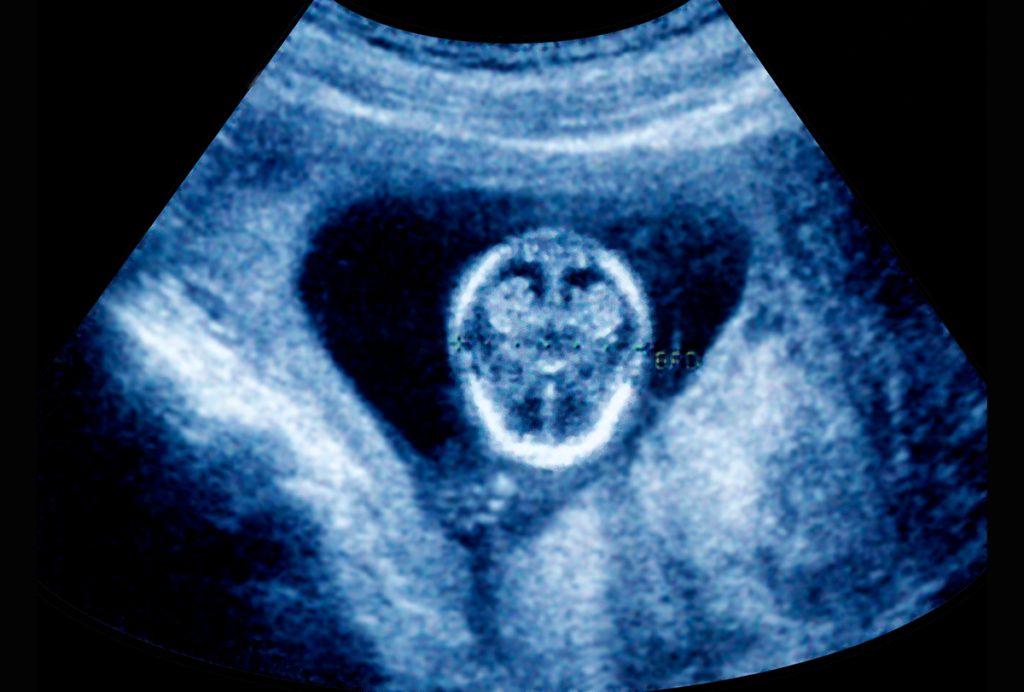
Gene-activity map of developing brain reveals new clues about autism’s sex bias
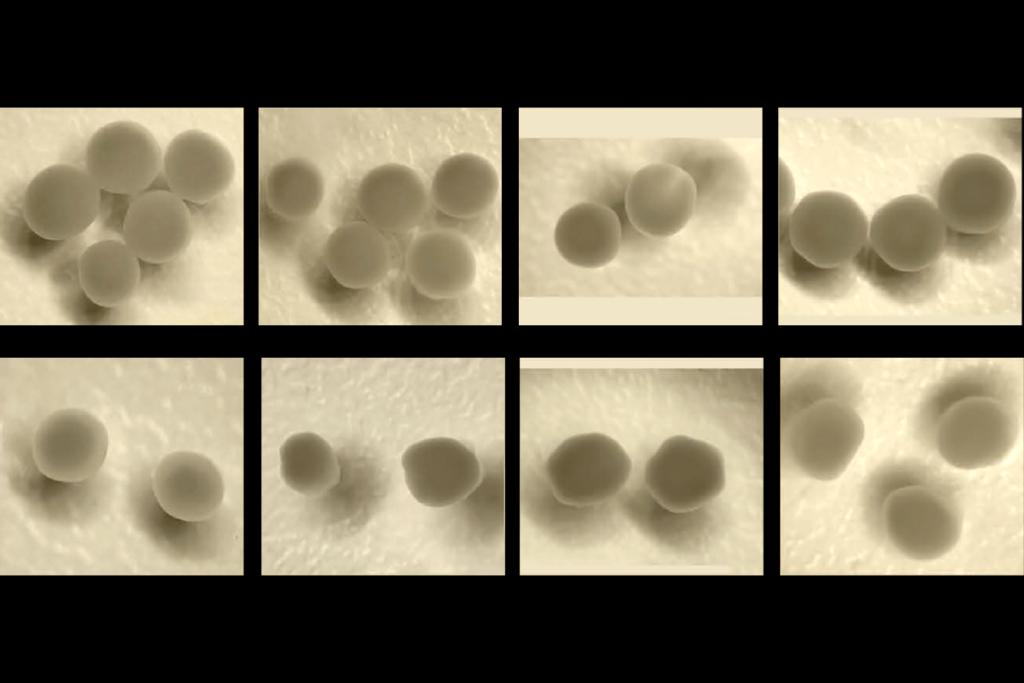
Parsing phenotypes in people with shared autism-linked variants; and more
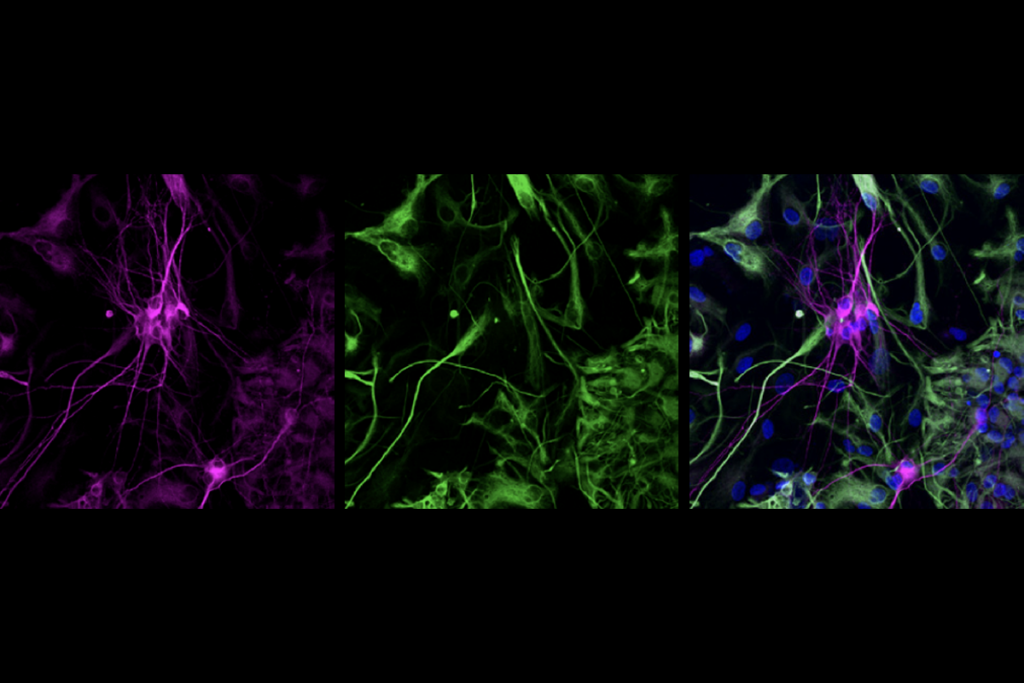
Boosting SCN2A expression reduces seizures in mice
Explore more from The Transmitter
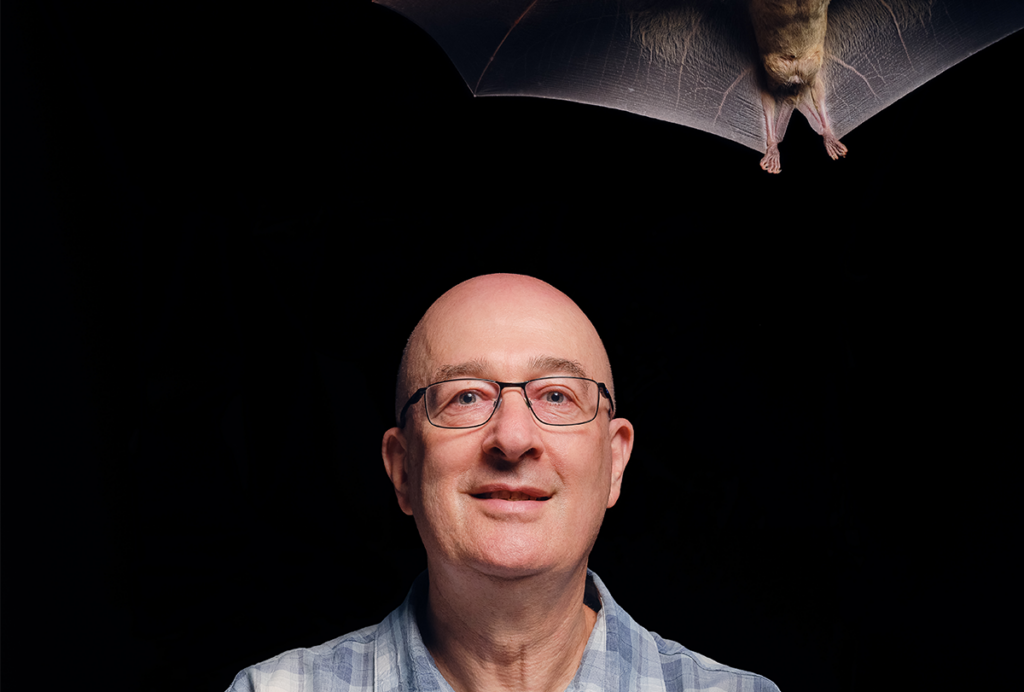
Diving in with Nachum Ulanovsky
